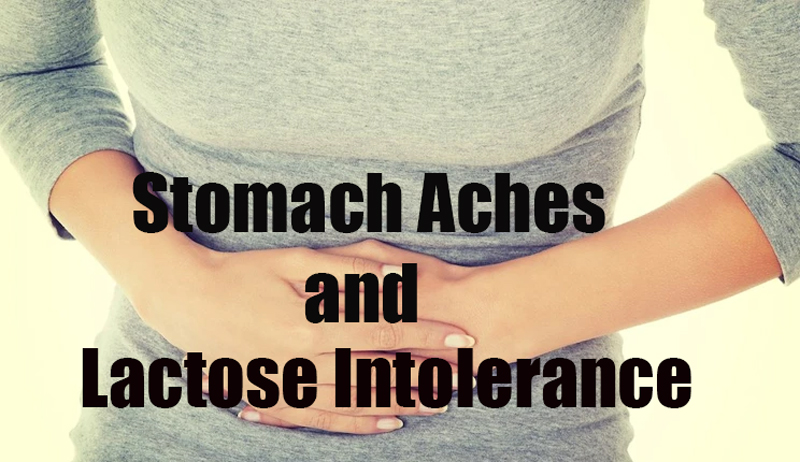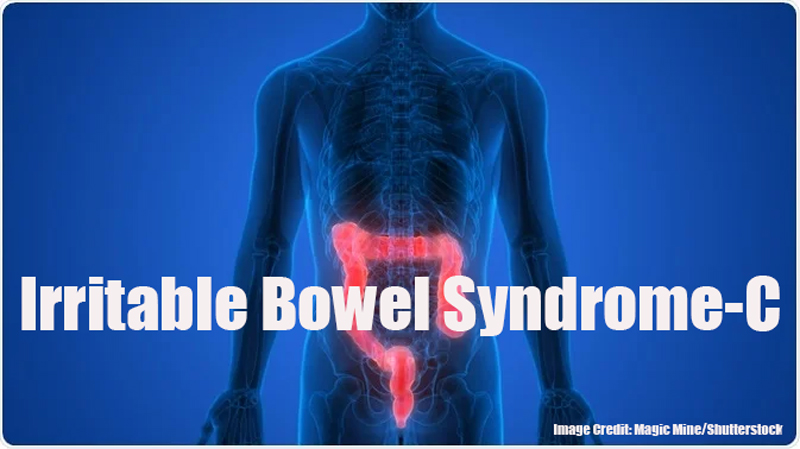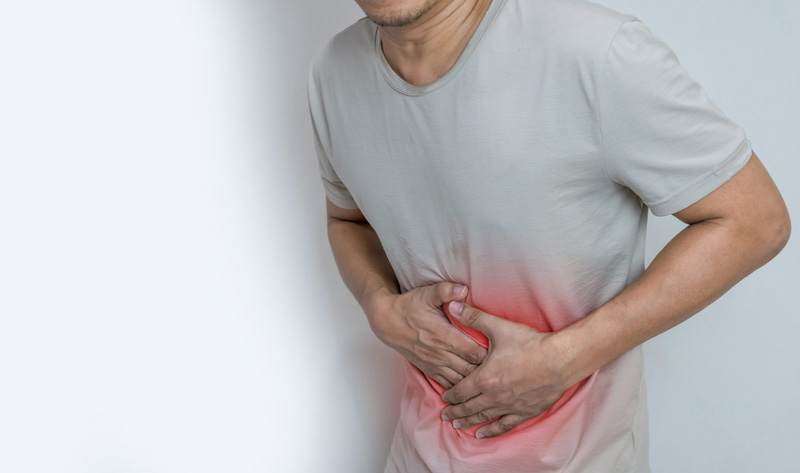Enterotoxigenic E-coli (ETEC) Infection: Causes, Symptoms and Treatment
Sept. 4, 2023 #Digestive Disorders
Enterotoxigenic E. coli (ETEC) infection
The Enterotoxigenic E.Coli (ETEC) is an infection that is caused by the E.Coli bacteria in contaminated water or food, causing severe abdominal pain and diarrhea, that can sometimes last for several days or even weeks in patients.
This infection occurs when Enterotoxigenic strains of E.Coli bacteria are swallowed through water or food. The bacteria causes inflammation in the small intestine which then causes stomach cramps, diarrhea or vomiting.
Lack of proper sanitation, and contaminated food and water are the main sources of the ETEC infection. This infection is quite common in children, the elderly and immune-compromised people. The most important thing to do is to practice good hygiene. Frequent handwashing should be practiced especially before cooking and eating meals and after using the bathroom. Water should be filtered before use and should at least be boiled, if filtration is not available.
Causes of ETEC infection
Enterotoxigenic E. coli (ETEC) infection is caused by ingesting enterotoxigenic strains of the E.Coli bacteria. The main causes of ETEC infection include:
Poor sanitation
Poor sanitation practices contribute to the spread of ETEC infection. In areas with inadequate sanitation systems, the bacteria can contaminate water sources and food, increasing the risk of infection. Insufficient sanitation facilities and improper waste disposal, can create an environment favorable for bacterial growth and transmission.
Consumption of contaminated food or water
Consuming food or water that is contaminated with ETEC. is a common cause of infection. Contamination can occur during food preparation, processing, or storage if proper hygiene practices are not followed. Eating raw or undercooked meat, seafood, or vegetables exposed to ETEC can also lead to infection.
Close contact with an infected person
ETEC infection can spread through person-to-person contact. Close contact without following proper hygiene practices, can result in the transmission of the bacteria. This can occur through the transfer of fecal matter from contaminated hands to the mouth, either directly or indirectly.
Awareness of these causes and implementing necessary precautions are essential to prevent ETEC infection. By practicing good hygiene, ensuring safe food and water consumption, and avoiding contact with infected individuals, the risk of ETEC infection can be reduced.
Symptoms of ETEC infection
Enterotoxigenic E. coli (ETEC) infection can cause several symptoms that typically appear within a few days of exposure. The common symptoms of ETEC infection include:
- Severe diarrhea: ETEC infection often leads to frequent watery diarrhea, accompanied by a sense of urgency for bowel movements.
- Stomach cramps and abdominal pain: ETEC infection can cause mild to severe abdominal cramps and discomfort, usually concentrated in the lower abdomen.
- Nausea and vomiting (in some cases): Some individuals with ETEC infection may experience nausea, occasionally followed by vomiting. However, not everyone with ETEC infection will experience vomiting.
It is important to note that symptom severity varies among individuals. In some cases, symptoms may be mild and resolve within a few days. However, the infection can also be severe, potentially leading to dehydration.
If experiencing these symptoms and suspecting ETEC infection, it is advisable to seek medical attention for proper diagnosis and treatment. Prompt medical intervention can help manage symptoms and prevent complications.
Treatment and Prevention of ETEC Infection
Enterotoxigenic E. coli (ETEC) infection can be managed through various treatment strategies and preventive measures. Here are the key points to consider:
Treatment:
- Proper hydration:It is important to keep hydrated in case of an ETEC infection, and the electrolytes should be replenished, in order to avoid dehydration. This is important since the body constantly loses its water content due to diarrhea and vomiting. .
- Antibiotics (in severe cases): Severe cases of ETEC infection may require antibiotics to target the E. coli bacteria. However, not all cases of ETEC infection require antibiotic treatment, and healthcare professionals should determine their use.
- Supportive care to manage symptoms: Over-the-counter medications can provide relief for symptoms like stomach cramps. Resting and taking care of general well-being during the recovery process is important.
Prevention:
- Practice good hygiene: Regular handwashing with soap and water, especially before meals and after using the bathroom, is critical in preventing ETEC transmission. Proper hand hygiene helps remove potential bacteria from hands, reducing the risk of ingestion.
- Thoroughly cook food: Cooking food, particularly meat, seafood, and vegetables, at recommended temperatures effectively kills ETEC bacteria. Avoid consuming raw or undercooked foods as they may contain harmful bacteria.
- Drink clean and safe water: Ensure the water you drink is from a reliable and safe source. If uncertain about tap water quality, opt for bottled water or properly treated water. Avoid consuming untreated water from questionable sources.
- Avoid eating from street vendors or unknown sources: Street food and food from unknown sources may not always be prepared under hygienic conditions. Choose food establishments with good hygiene practices, especially in high-risk areas for ETEC infection.
By following these treatment options and preventive measures, the risk of ETEC infection can be minimized, and the severity of symptoms can be reduced. It is important to seek medical attention if symptoms persist or worsen, as healthcare professionals can provide appropriate guidance and support.









COMMENTS